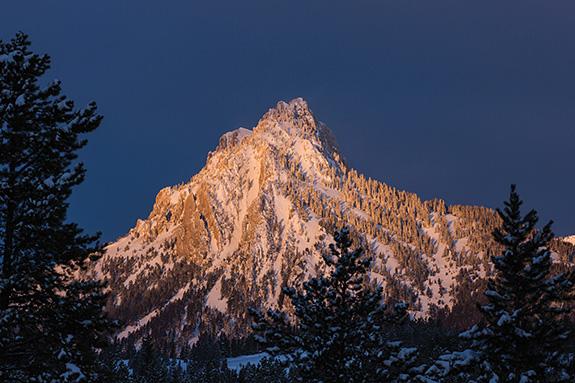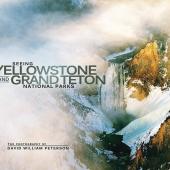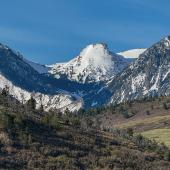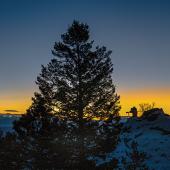The Many-Sided Massif
A photographic study of Ross Peak.
It’s not the highest point in the Bridgers. It barely falls within the range’s ten-tallest summits. But for whatever reason, we’re drawn to Ross Peak.
Perhaps its counter-intuitive nature appeals to us; the farther you find yourself from its base, the more impressive it appears. Or maybe it’s Ross’s split personality: from the east, you’re invited to within a short distance of its rocky summit; from the west, the trailhead rests far below and several miles away. From either side, its craggy visage summons.
We enjoy this mountain in all seasons and across a variety of outdoor disciplines, whether it’s skiing the Banana Couloir in winter and spring, scrambling to the summit in summer, or scouring its slopes for game in the fall.
Most likely, we’re drawn to Ross Peak because it’s aesthetically pleasing. And mighty. Like a lighthouse to a sailor, Ross anchors our home range and serves as a waypoint for the wayward explorer. It’s comforting, reassuring: a mighty rampart raised above the bustling caprice of Bozeman.
The following images capture Ross in all seasons and from a variety of angles. We forgive you for second-guessing our accuracy; the mountain’s appearance varies so widely from one perspective to the next that you may think we mixed up our files. Not so—that’s just Ross, proving once again to be the enigma of the Bridger Range.

Southwest face, from Saddle Peak

Southwest face, from Walker Road
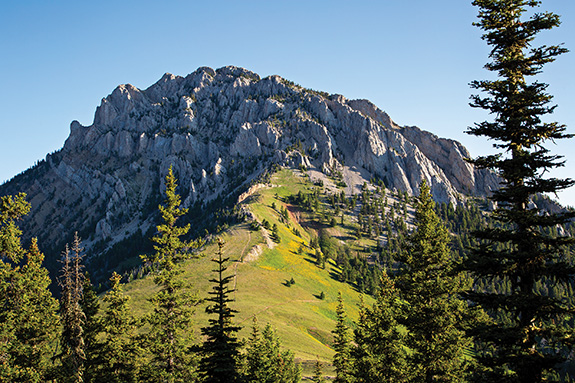
South ridge, from the saddle

East ridge, from Brackett Creek
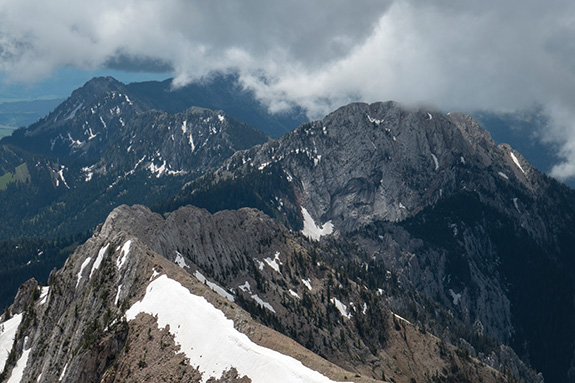
North face, from Naya Nuki
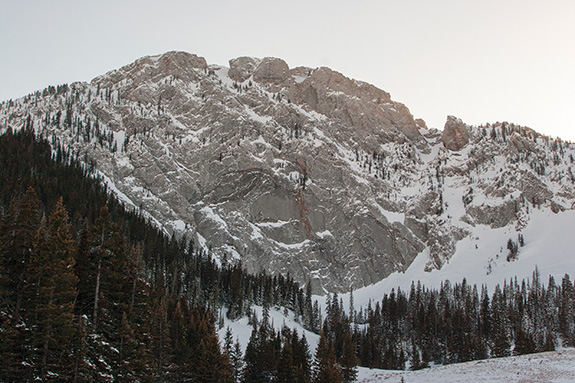
North face, from Battle Ridge Road
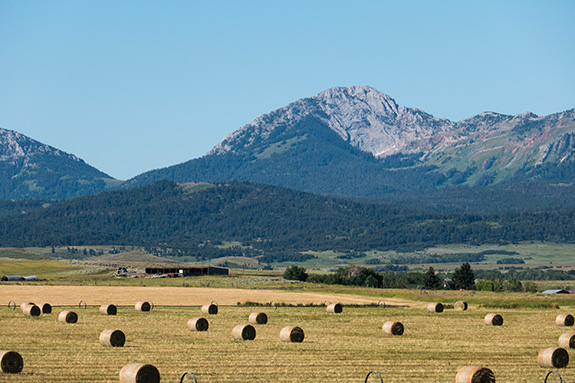
North face, from Sedan
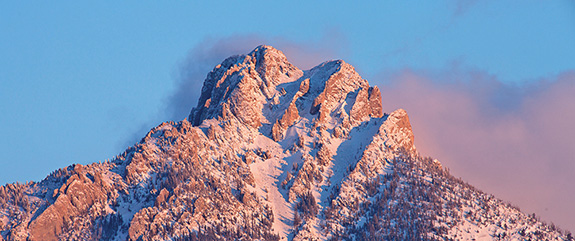
Northwest face, from northern Springhill


